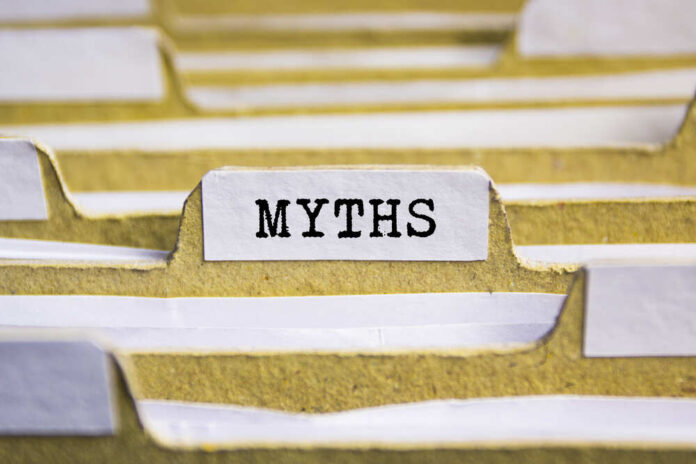
In the wake of the COVID-19 pandemic, public health officials were tasked with managing a global crisis of unprecedented proportions. In addition, they faced a daunting challenge in balancing the need for public health measures with the need to maintain personal liberties and the economy.
However, a recent series of analyses by highly respected researchers have exposed a troubling truth: often, public health officials were wrong. It was not just a matter of making recommendations based on the best available data at the time but rather an active campaign of disseminating misinformation that damaged public trust in the medical profession and ruined lives.
Here are ten ways public health officials misled Americans during the COVID pandemic:
Ten C-19 myths debunked. My favorite is number 10, long covid.
"Calling cases 'long covid' is a medicalisation of ordinary life" pic.twitter.com/WrHw1jXnlg
— Shipwreck (@shipwreckshow) March 1, 2023
Misinformation #1: Compared to immunity through vaccination, natural immunity provides limited protection.
Despite overwhelming evidence, public health officials dismissed natural immunity in favor of vaccination. A study published in The Lancet examined 65 significant studies from 19 countries on innate immunity and found it was at least as influential as the primary COVID vaccine series. Yet, this scientific data was ignored and even censored on social media platforms.
Misinformation #2: Masks prevent COVID transmission
Despite public health officials promoting mask-wearing as a preventive measure for COVID transmission, a recent Oxford study found no significant impact. The CDC Director dismissed the review as flawed, despite randomized studies being considered the gold standard of medical evidence.
Misinformation #3: School closures reduce COVID transmission
Public health officials ignored the European experience of keeping schools open without mask mandates, as evidenced by studies conducted in Spain and Sweden that found no difference in transmission rates. Despite this, school closures were implemented in many parts of the U.S.
Misinformation #4: Less frequently than from infection, myocarditis is caused by the vaccine.
Public health officials disregarded vaccine-induced myocarditis concerns by referencing inadequately designed studies that failed to capture accurate complication rates. However, a flurry of well-designed studies found myocarditis more common after the COVID vaccine than after the infection, particularly among young males.
Misinformation #5: A booster vaccine is beneficial for young people.
Public health officials recommended vaccine boosters for young, healthy people based on the assumption that they would lower COVID mortality rates. However, the evidence was never there to support this recommendation, and even FDA vaccine experts resigned in protest over the pressure to recommend boosters for all.
Misinformation #6: Vaccine mandates increased vaccination rates
Public health officials demanded that unvaccinated workers are fired, and soldiers dishonorably discharged, based on the theory that vaccination reduces transmission rates. However, a recent study found that vaccine mandates in major US cities had no impact on vaccination rates or Transmission rates for COVID.
Misinformation #7: The idea that COVID came from a lab in Wuhan is a hoax
Despite the overwhelming circumstantial evidence, public health officials dismissed the theory that COVID originated from the Wuhan lab as a conspiracy theory. They even censored online discussions of the possibility.
Misinformation #8: It was crucial to receiving the second dosage of the vaccine three to four weeks after receiving the first dose
Spacing out the COVID vaccine doses by three months reduces complication rates and increases immunity. Public health officials’ recommendation to administer the second COVID vaccine dose just three or four weeks after the first dose may have caused avoidable complications.
Misinformation #9: The bivalent vaccine’s data is “very clear.”
Public health officials promoted the bivalent vaccine without a randomized controlled trial, leading to unnecessary myocarditis in children. Despite this, they continued to insist that the data on the vaccine was “crystal clear.”
Misinformation #10: Every fifth person receives a lengthy COVID
The CDC claims that one in five COVID infections can result in long COVID. However, a U.K. study found only 3% of patients had residual symptoms lasting 12 weeks. This could be due to the medicalization of normal post-illness fatigue and weakness as lengthy COVID, a mislabeling of ordinary life.














